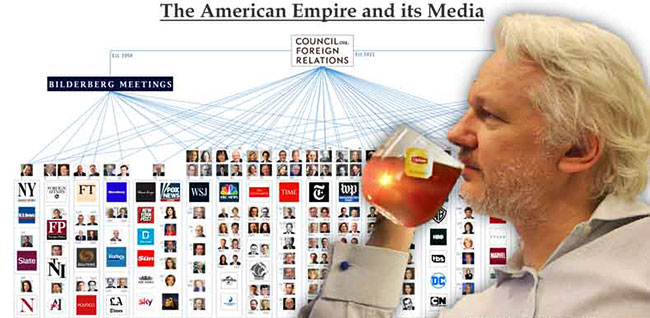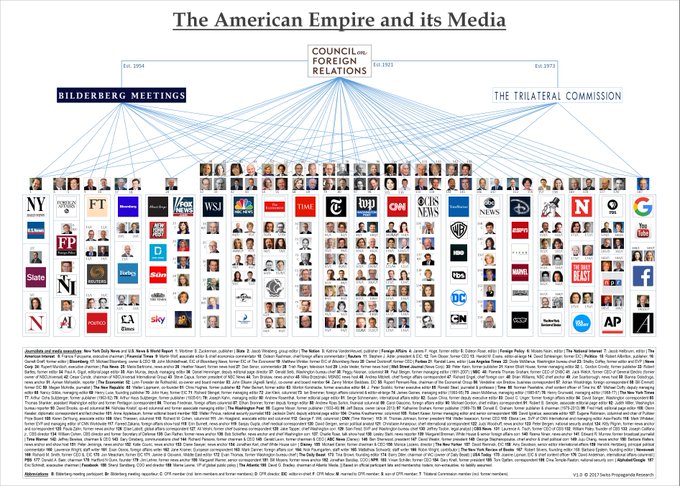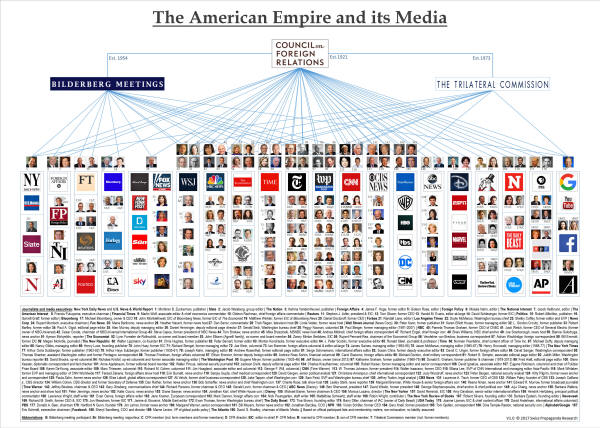The concept of the "no knock" warrant was once upon a time, only to be used against the most serious and violent offenders. It has now been normalized to the point that it makes the lawful defense of one's home nearly impossible. Rather than not using this tactic, or perhaps using the good old fashioned surveillance method, and taking individuals into custody when they can see and know that the one's showing up are police, this method has become far too used and far too acceptable. This is what happens when the state, having the full ability and funding to do things differently becomes militarized. This is not the method of "peace officers", but of occupying soldiers. Remember Waco's Branch Davidians? David Koresh jogged into town every day. Rather than taking him into custody he was shot while coming to his front door during the raid that lead to men women and children killed. Is this the Republic we were raised to support? Or has it become vastly something else? We report, you decide.
Tom Lacovara-Stewart - RTR Truth Media
 By Rachel Blevins
By Rachel Blevins
Tom Lacovara-Stewart - RTR Truth Media
 By Rachel Blevins
By Rachel Blevins
Austin, TX – When a SWAT team initiated a no-knock raid in search of cannabis, they were met with gunfire, and while the resident surrendered as soon as he realized his home was being raided by police, the fact that he opened fire on the intruders and shot one of them in the leg has resulted in a 13-year prison sentence.
When a SWAT team broke down the door and charged into the Harrell family’s house in the early morning hours of April 14, 2016, they claimed that the intrusive operation was justified, because they believed 18-year-old Tyler Harrell was running a drug ring out of his parents’ home.
When Tyler Harrell was woken up by what he believed were burglars breaking into his home, he did what many gun owners would do, and he grabbed his firearm and confronted the intruders. He used his legally-owned AK-47, and while he did not kill any of the officers, he did wound one officer by shooting him in the knee.
Lisa Harrell told KVUE News that she believes her son only opened fire because he thought his family was being robbed. “[Tyler] came running out with his gun, thinking someone was intruding in our house, and he started shooting down the stairs,” she said. “I know my son thought there was an intruder in the house.”
Hours after the shooting, police confirmed that “another SWAT team member returned fire, but did not hit Harrell, who surrendered to police within minutes,” indicating that as soon as Harrell realized he was firing at police officers, he stopped and let them arrest him without a fight.
When officers searched the home, they found one ounce of cannabis, which would justify a misdemeanor charge against Harrell. However, because the officers initiated a no-knock raid before dawn, and Harrell attempted to protect his family from the intruders, he was charged with attempted capital murder.
During the trial, Harrell’s psychiatrist testified that at the time of the shooting, he was “suffering from post-traumatic stress disorder after an incident four months earlier in which he and his friends were robbed by a masked gunman,” and the gunman shot Harrell, before Harrell “wrested the gun away from the man and chased him out the door of his friend’s apartment,” according to a report from the Austin Statesman.
However, it was the testimony from Officer James Pittman that apparently pulled at the heartstrings of jury members. He was the only person injured by Harrell’s gunfire, and he said the bullet wound in his leg kept him from playing with his kids now and would force him to get knee replacement surgery one day.
Pittman also criticized the “Not Guilty” verdict from another Texas case in which a homeowner shot and wounded three police officers when they initiated a no-knock raid on his house. Ray Rosas spent nearly two years in jail awaiting his trial, and his actions were ruled justified based on the fact that he was acting in self-defense and did not know the intruders he was shooting were police officers.
Rosas was acquitted, despite the fact that 11 police officers testified against him. However, in the case of Tyler Harrell, his lawyer argued that the 18 SWAT team members who attended court in tactical gear to show their support for Officer Pittman, further demonized Harrell in the eyes of the jury.
“Look at this gallery. You don’t think this is a lot of political pressure for these people?” Lawyer Michael Chandler told the jury.
The pressure worked, and while the jury determined that Tyler Harrell was not guilty of attempted capital murder or aggravated assault on a public servant, he was found guilty of aggravated assault and sentenced to 13 years and six months in prison, and a fine of $7,000.
When the trial shifted to a debate over whether Harrell acted in self-defense, it served as a distraction from the fact that the drug raid on his home was an absolute failure, and officers were never able to prove that Harrell was a “large drug dealer” of marijuana and cocaine, which was the claim they used to justify obtaining a search warrant for the raid in the first place.
Rachel Blevins is an independent journalist from Texas, who aspires to break the false left/right paradigm in media and politics by pursuing truth and questioning existing narratives. Follow Rachel on Facebook,Twitter, YouTube, Steemit and Patreon. This article first appeared at The Free Thought Project.
An excerpt from the New York Times
By Clyde HabermanSept. 7, 2014
Posse comitatus is not a phrase that trips lightly off every tongue. It is typically translated from Latin as “force of the county.” Anyone who has ever watched an old Western movie will instantly recognize the first word as referring to men deputized by the sheriff to chase down some varmints who went thataway. (Rappers and their tag-alongs later gave “posse” a different context.) The full phrase is more obscure, but the concept that it embraces is enshrined in American law. The Posse Comitatus Act, passed in 1878 at the end of Reconstruction and amended but slightly over the decades, prohibits the nation’s armed forces from being used as a police force within the United States. Soldiers, the reasoning goes, exist to fight wars. Chasing local wrongdoers is a job for cops.
But many police departments today are so heavily armed with Pentagon-supplied hand-me-downs — tools of war like M-16 rifles, armored trucks, grenade launchers and more — that the principle underlying the Posse Comitatus Act can seem as if it, too, has gone thataway. Questions about whether police forces are overly militarized have been around for years. They are now being asked with new urgency because of the recent turmoil in Ferguson, Mo., where unarmed demonstrators protesting the fatal police shooting of a teenager faced off for a while against mightily armed officers in battle dress and gas masks. What the world saw were lawmen looking more like combat troops in the Mideast than peacekeepers in the Midwest.
The militarized nature of modern American policing infuses this first installment of Retro Report, a weekly video documentary series that examines major news stories from the past and explores what has happened since. The focus this week is on SWAT teams, whose numbers have soared across the country, in rugged cities and in sleepy towns. They are the principal beneficiaries of the heavy-duty military equipment that the federal government has supplied since the early 1990s, in a transfer program that has gained steam in recent years with the withdrawal of American ground forces, first from Iraq and soon from Afghanistan.
The video above traces the rise of SWAT units from their earliest days in 1960s Los Angeles. There, Daryl F. Gates, who would later become chief of that city’s police force, championed a sturdily armed squad of trained officers as an essential tool of law enforcement after the deadly Watts riots of 1965. Mr. Gates fancied the name Special Weapons Attack Team. “Attack” made some elected officials wince, though. What emerged instead was Special Weapons and Tactics — same acronym but sounding somewhat less aggressive. To read more of this article click here - NY TIMES
Other source articles :
More information on the problem of NO KNOCK raids :








